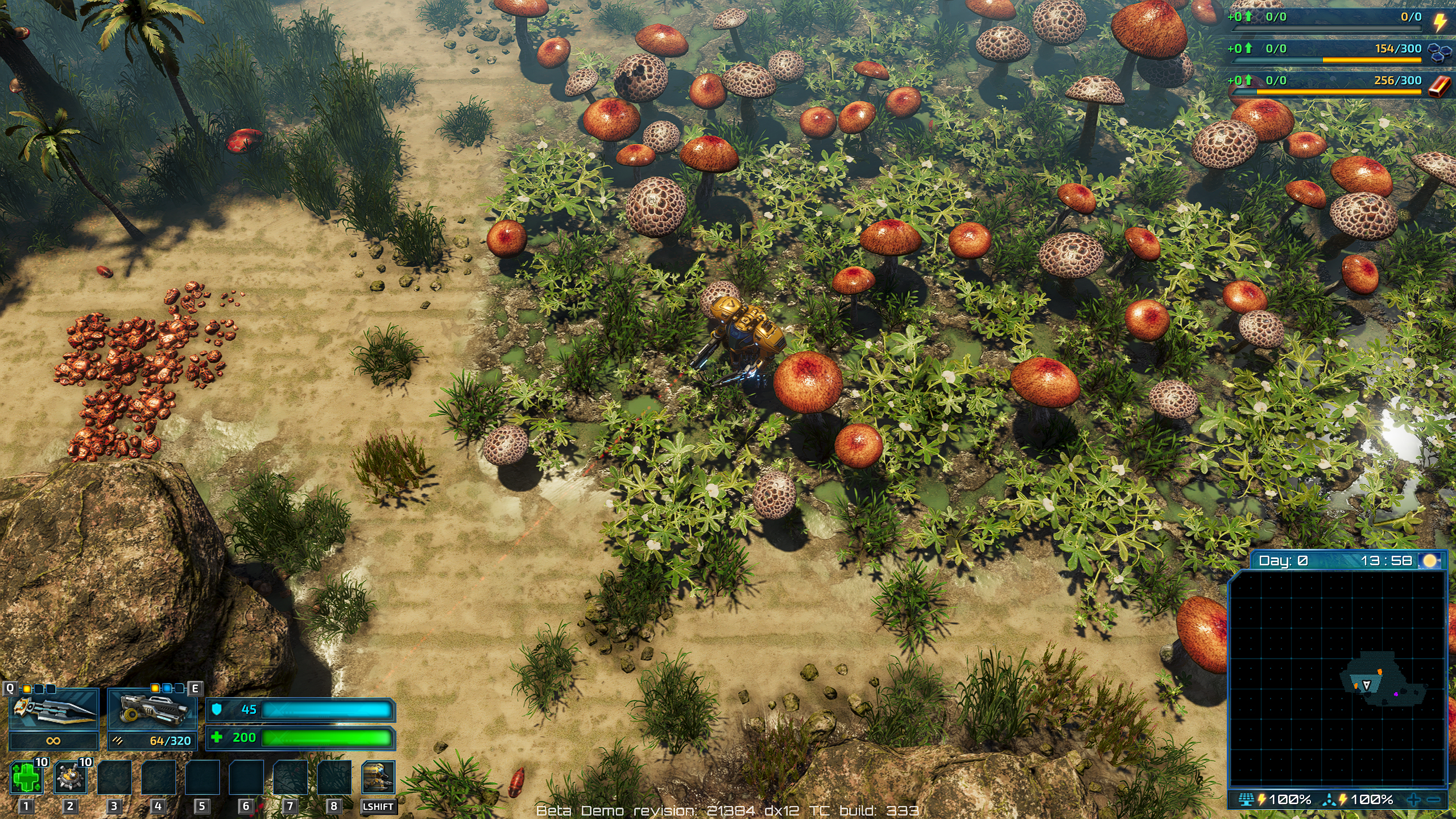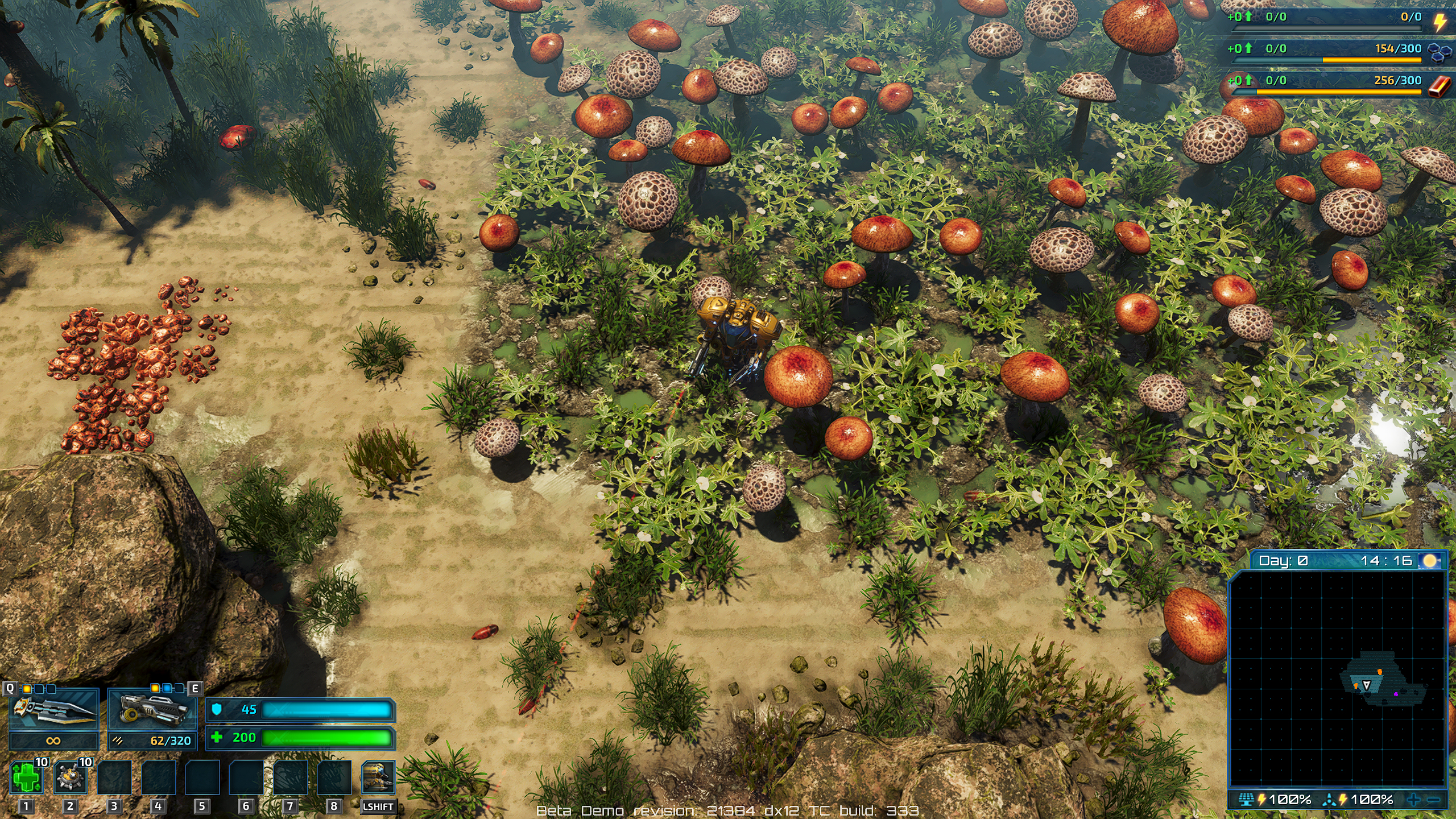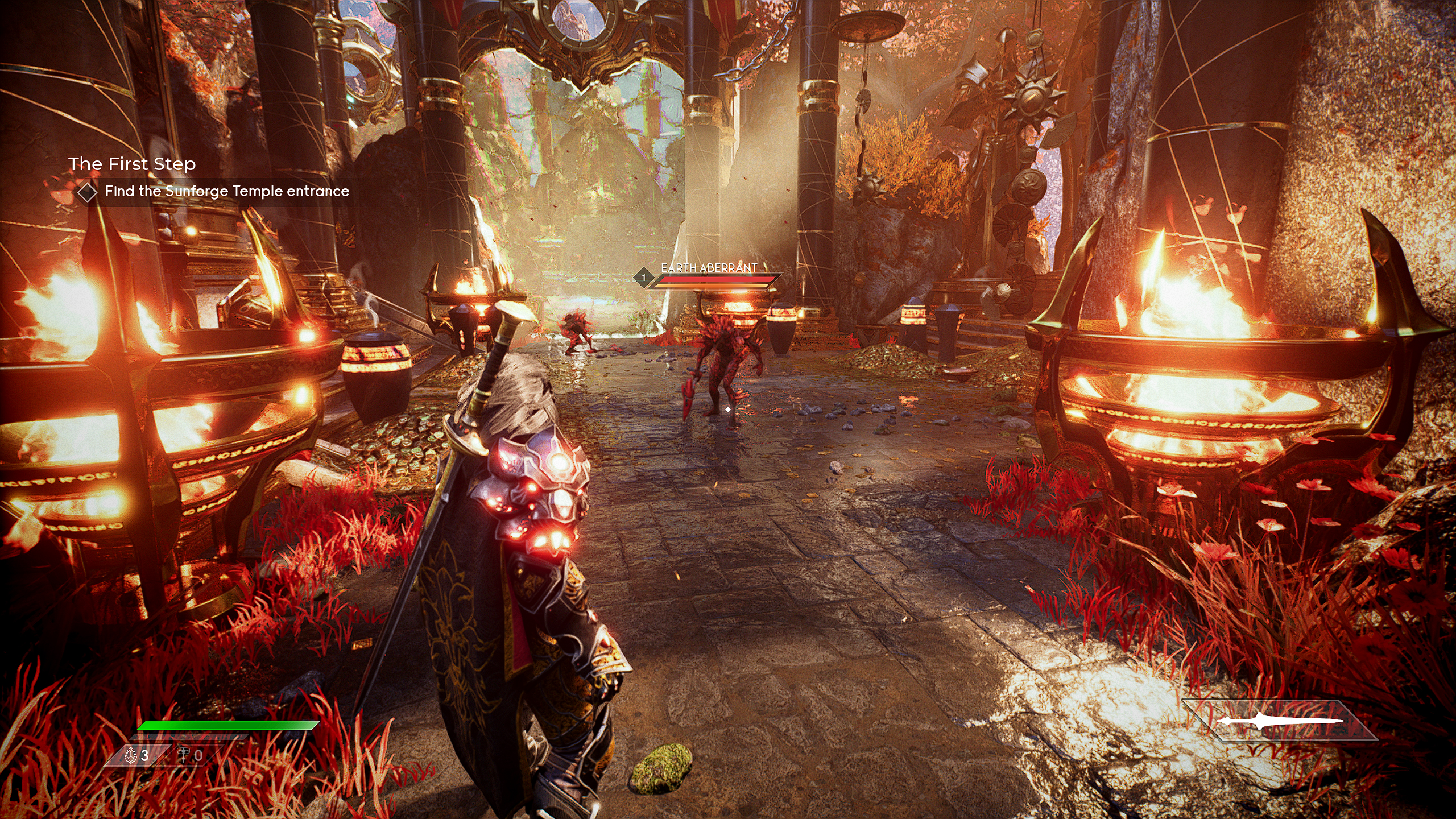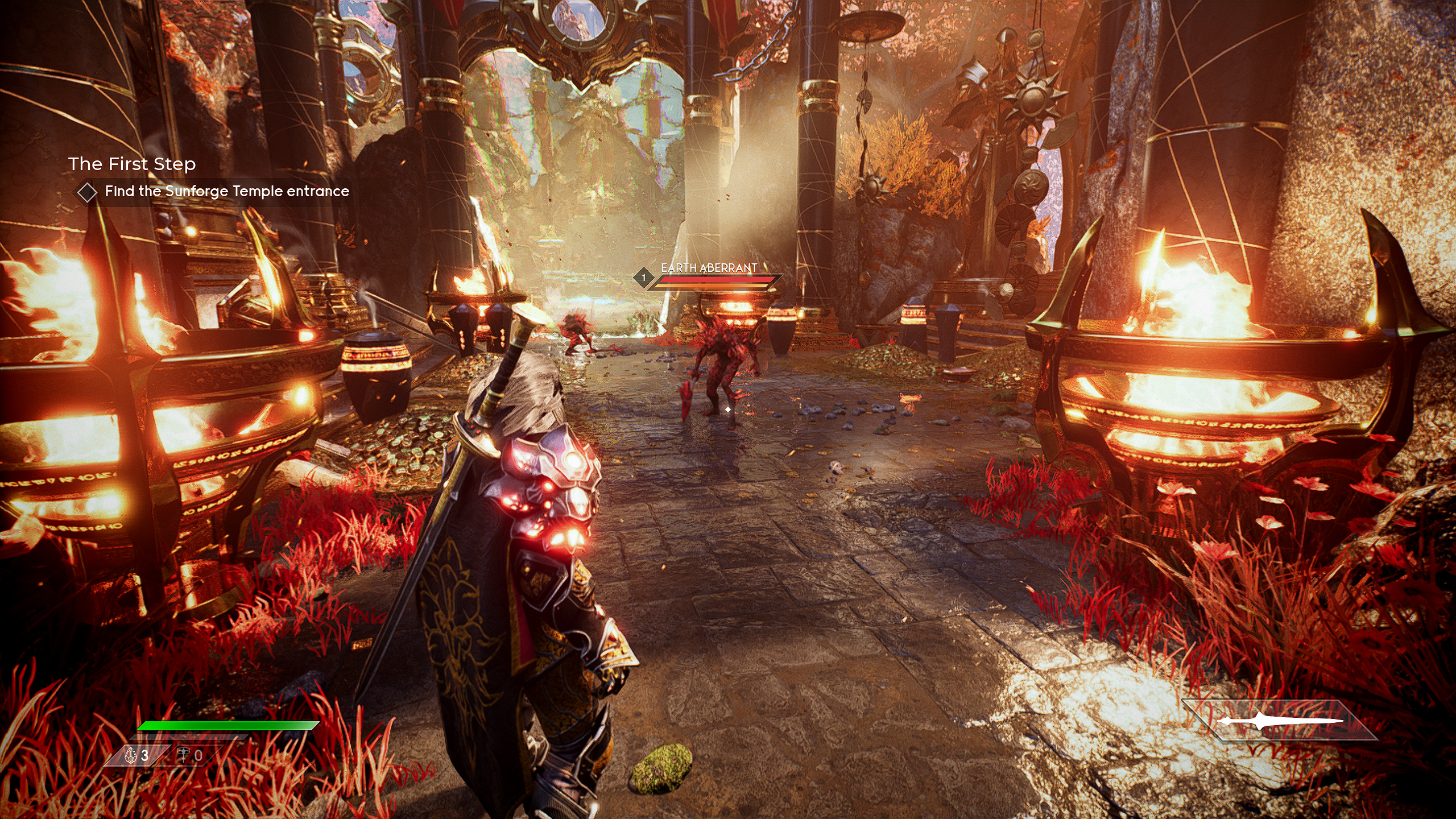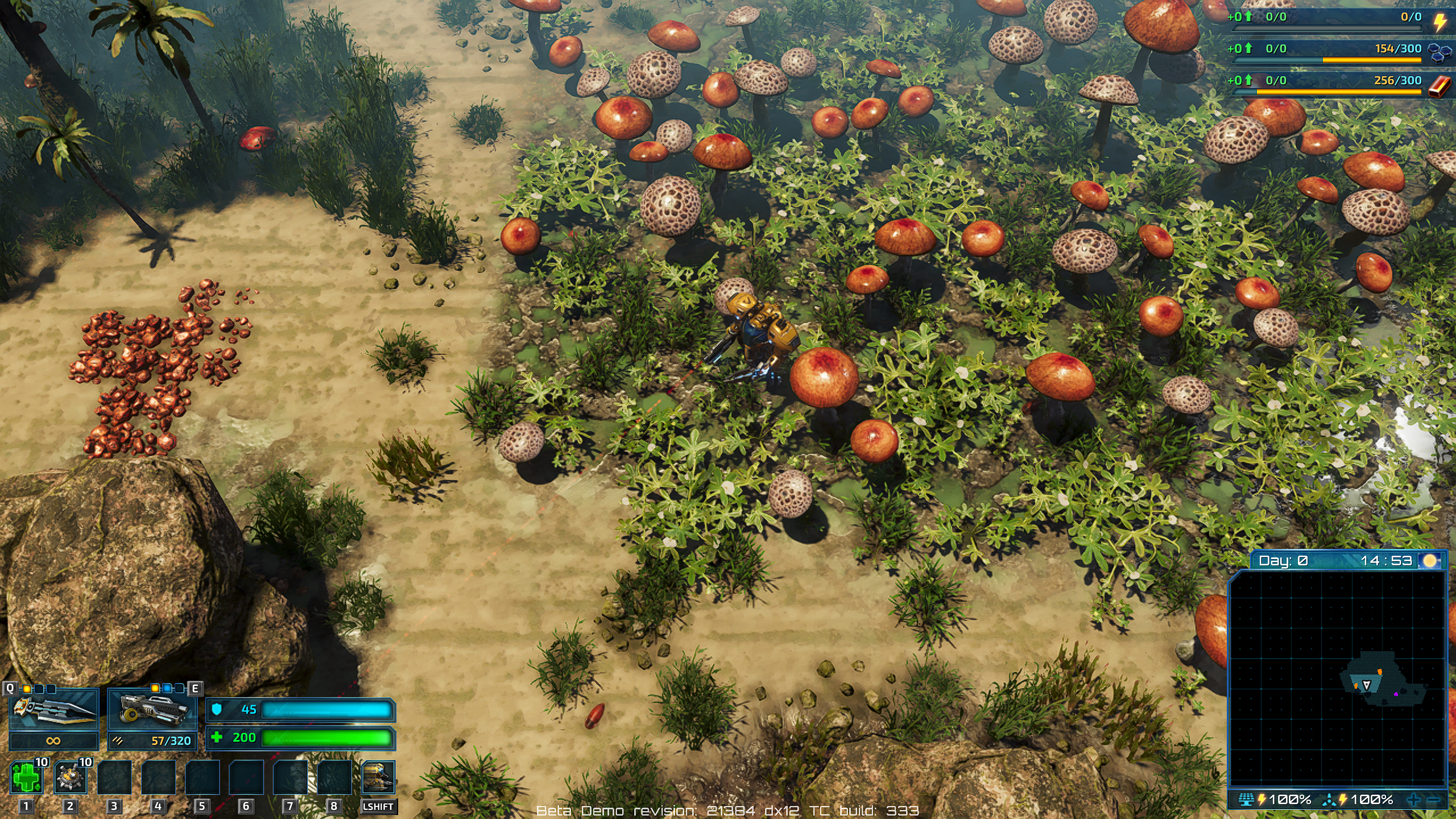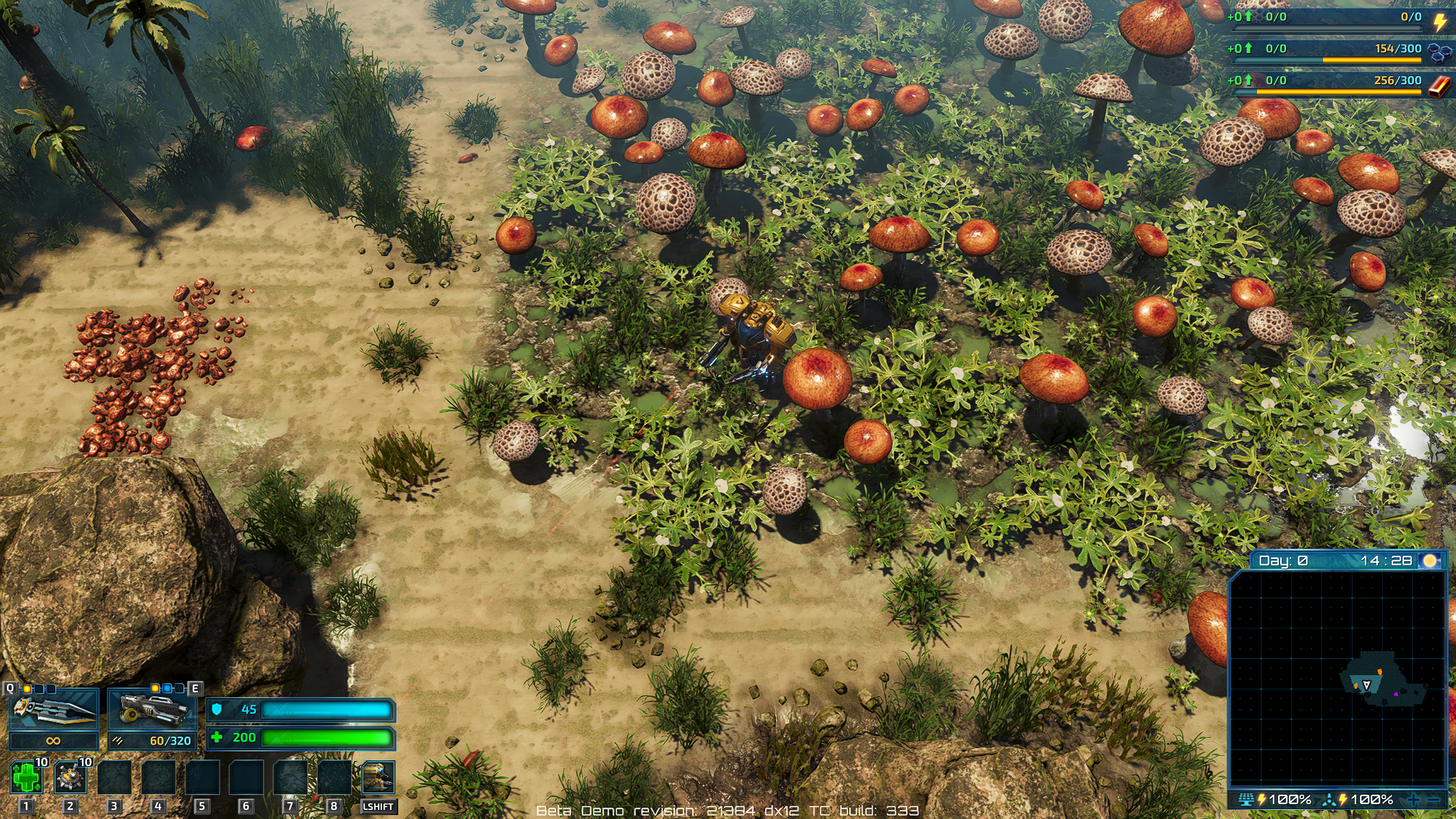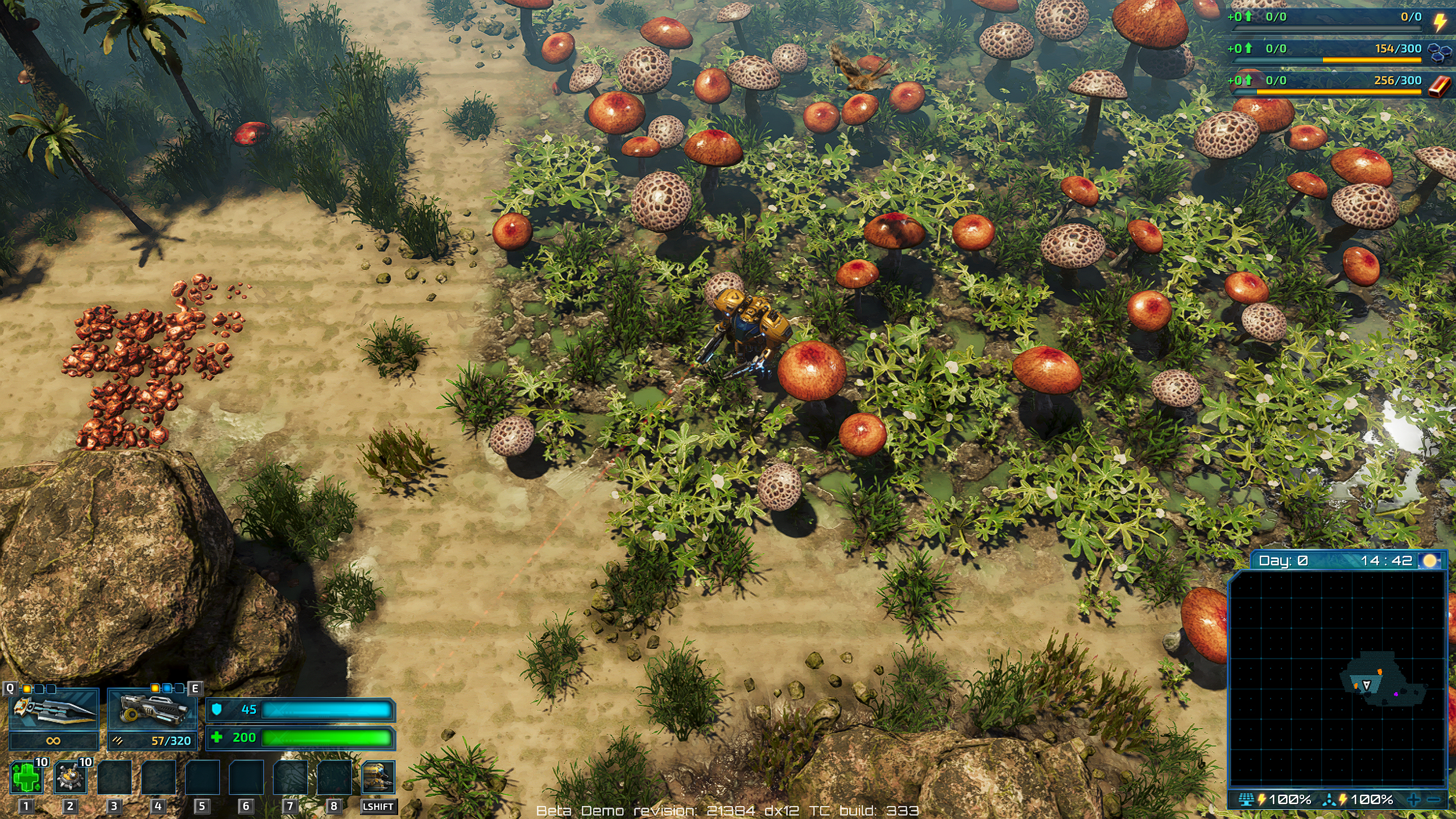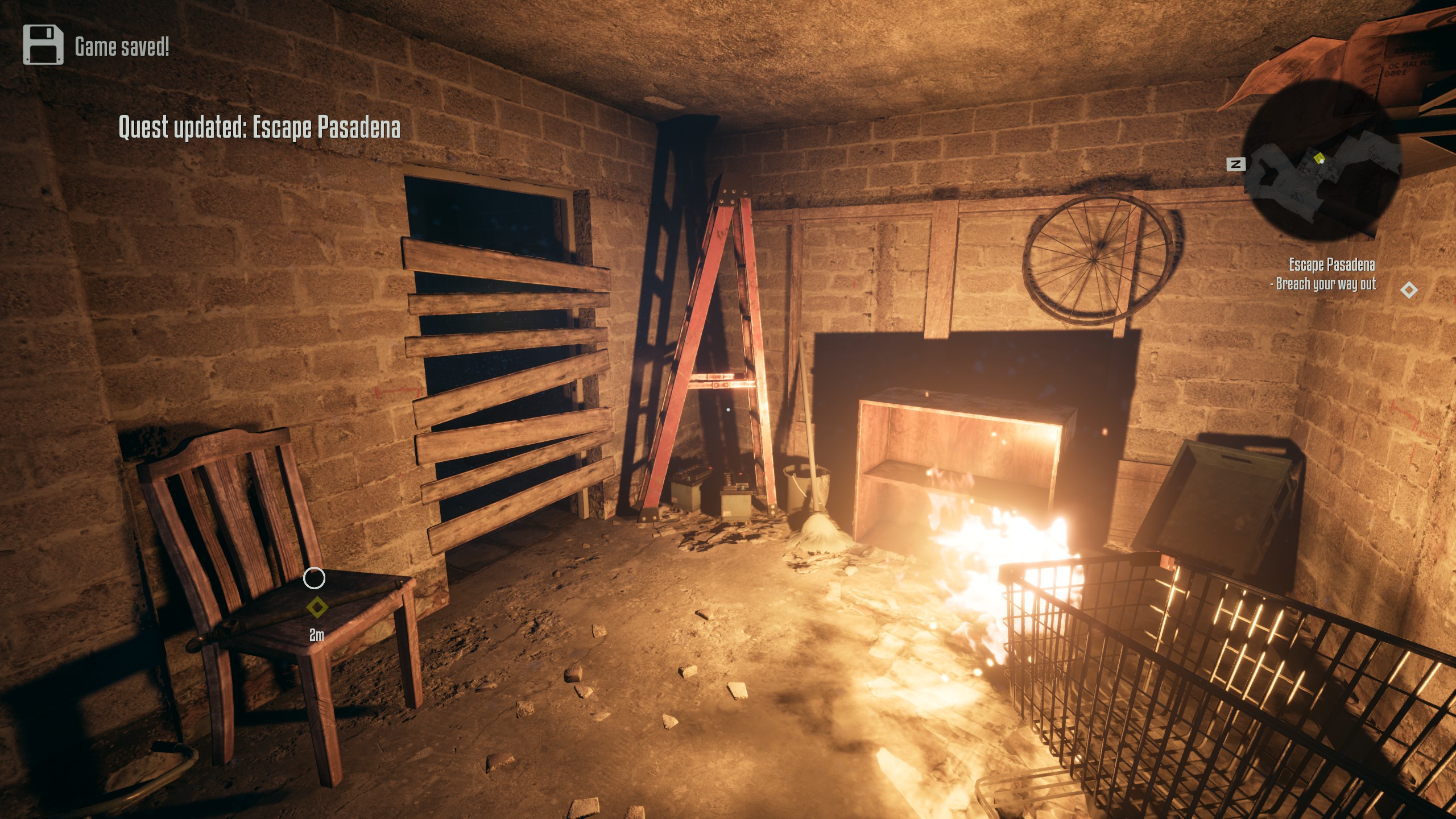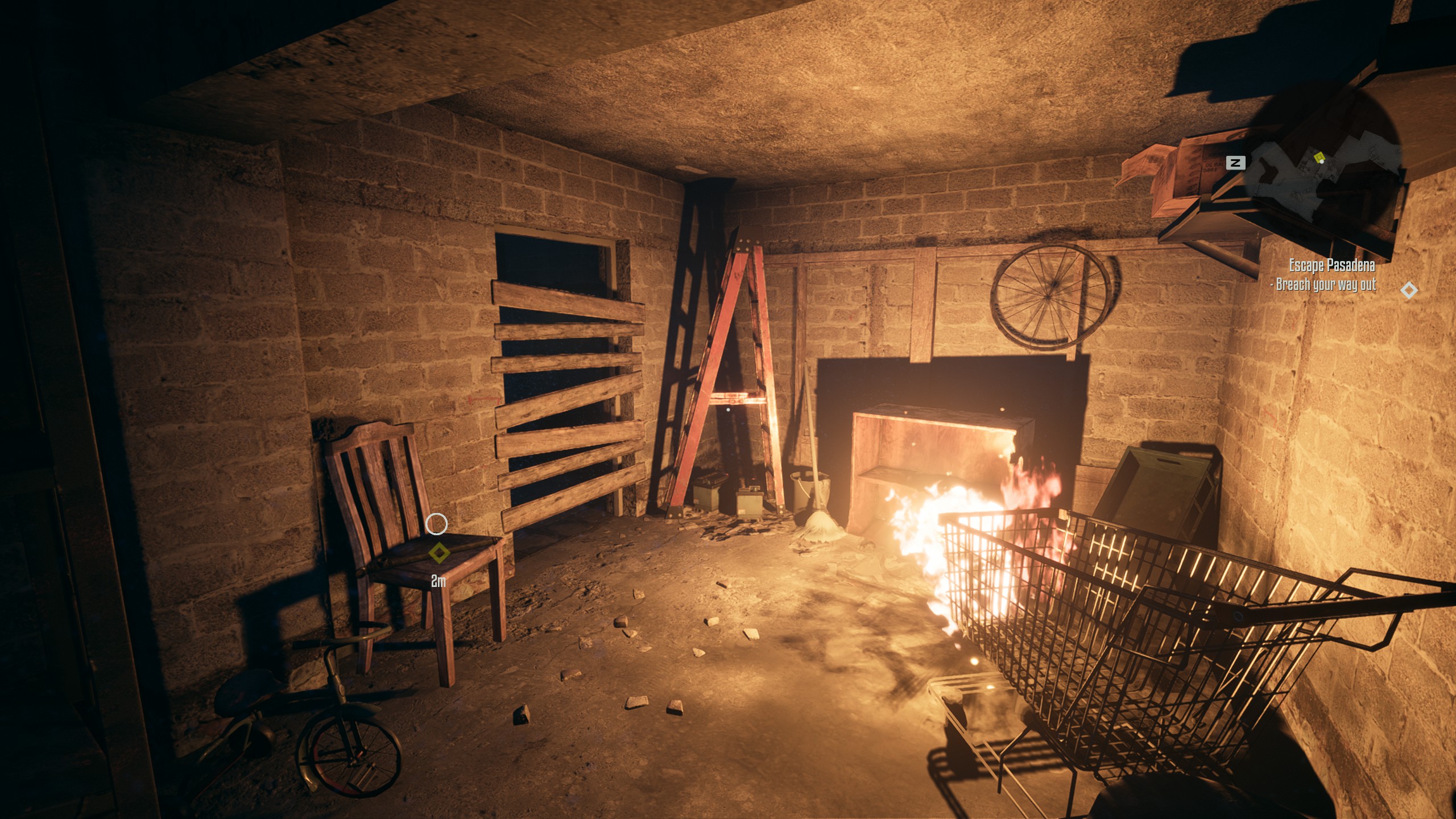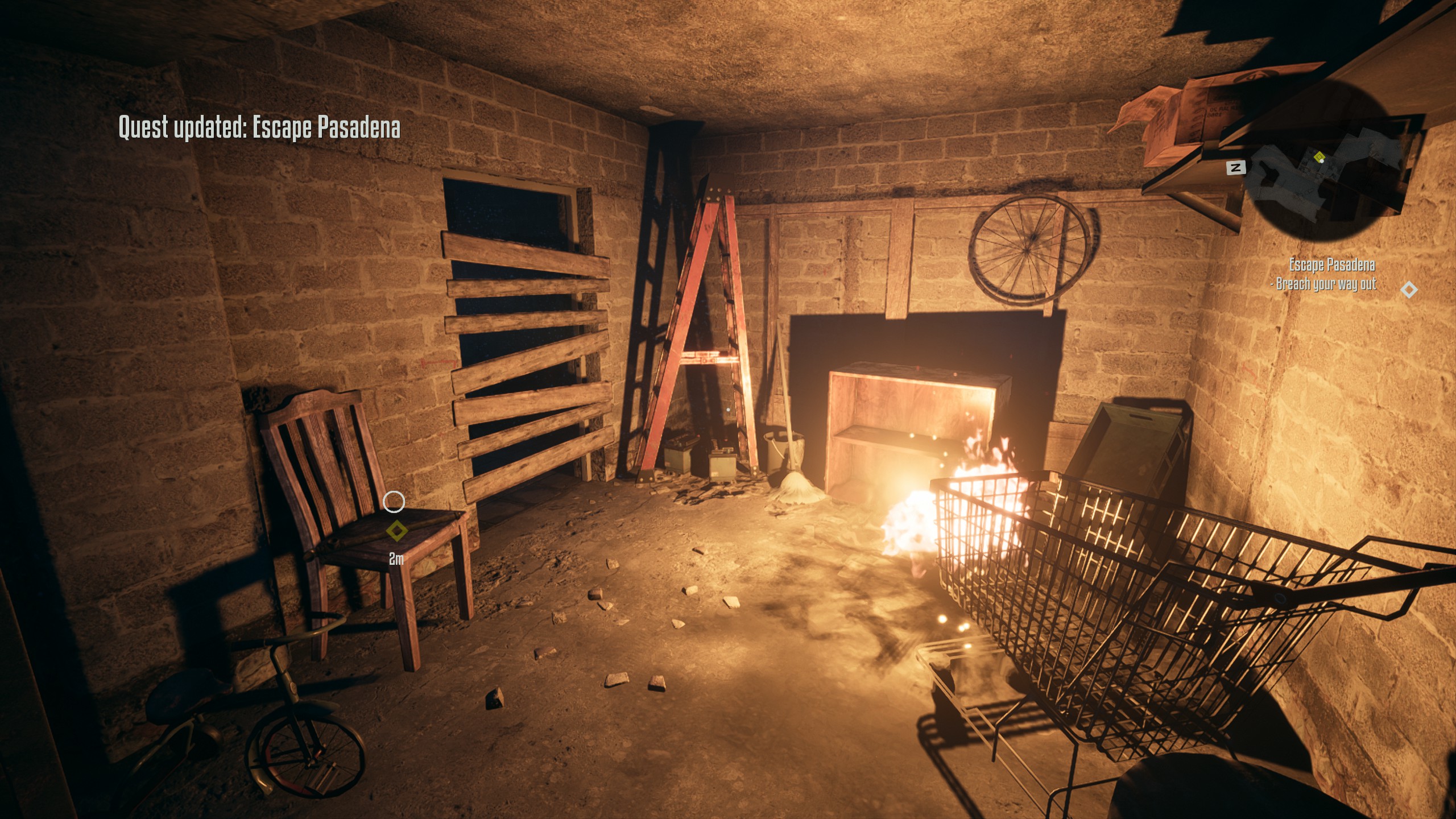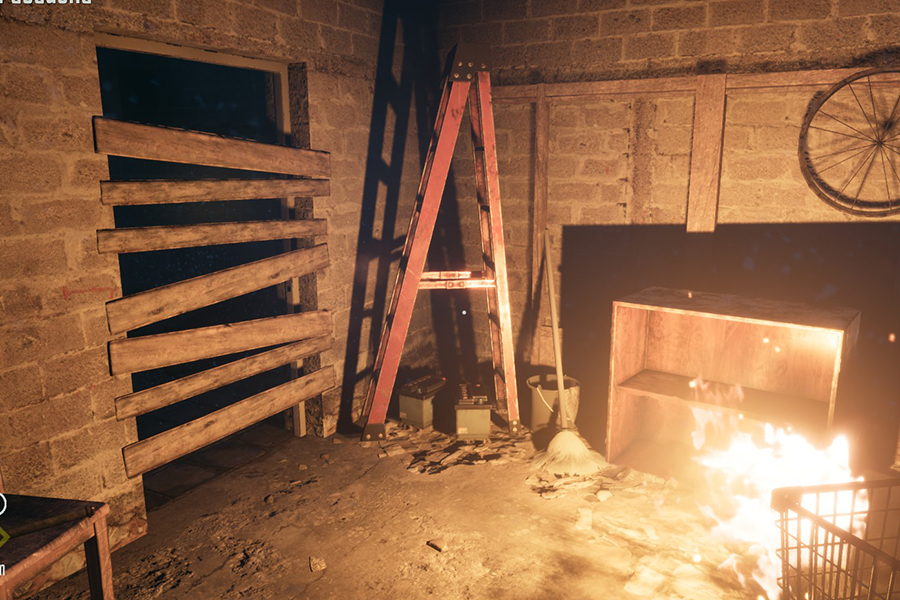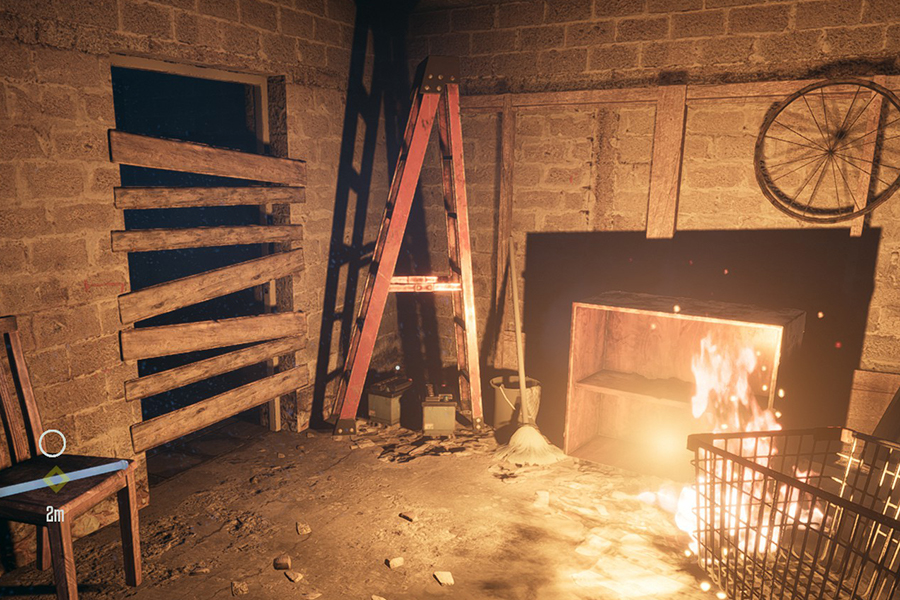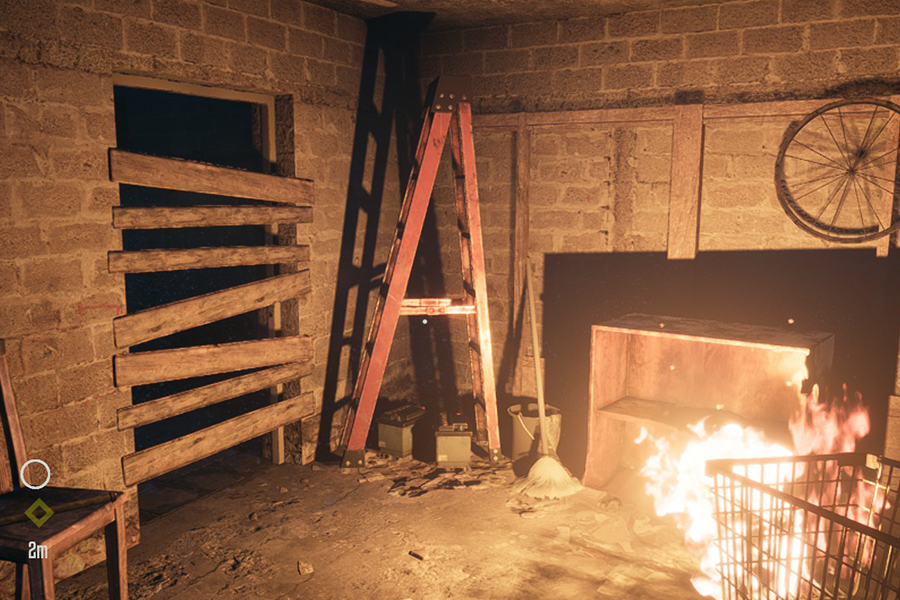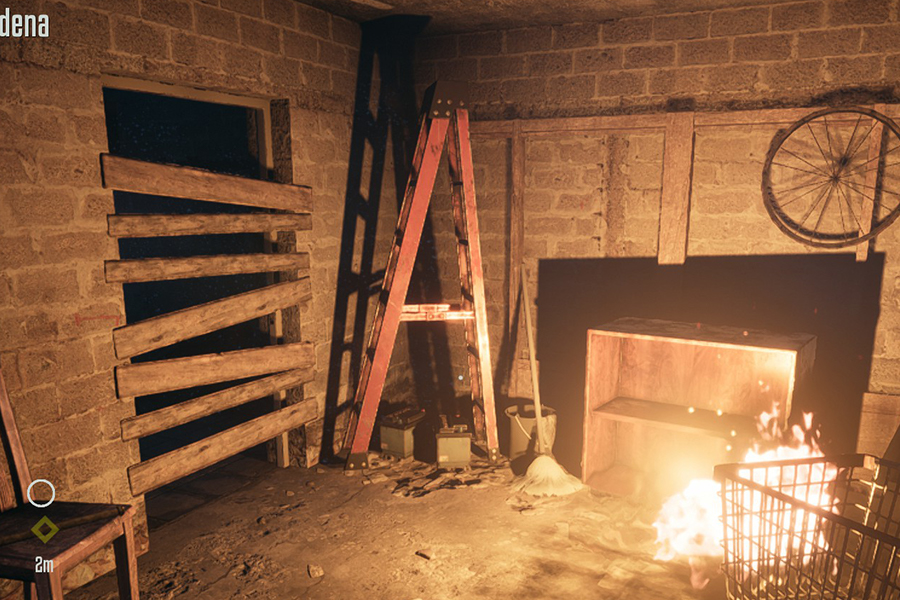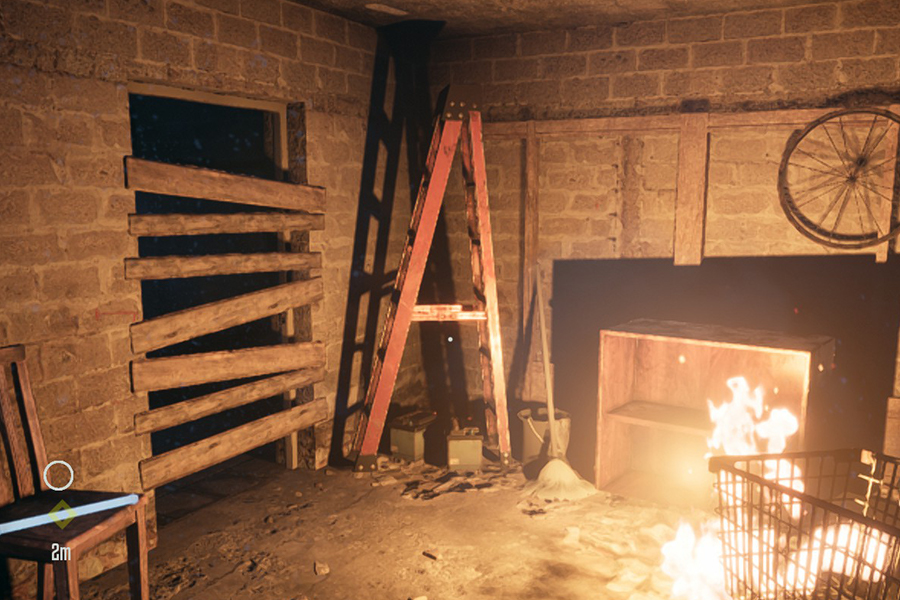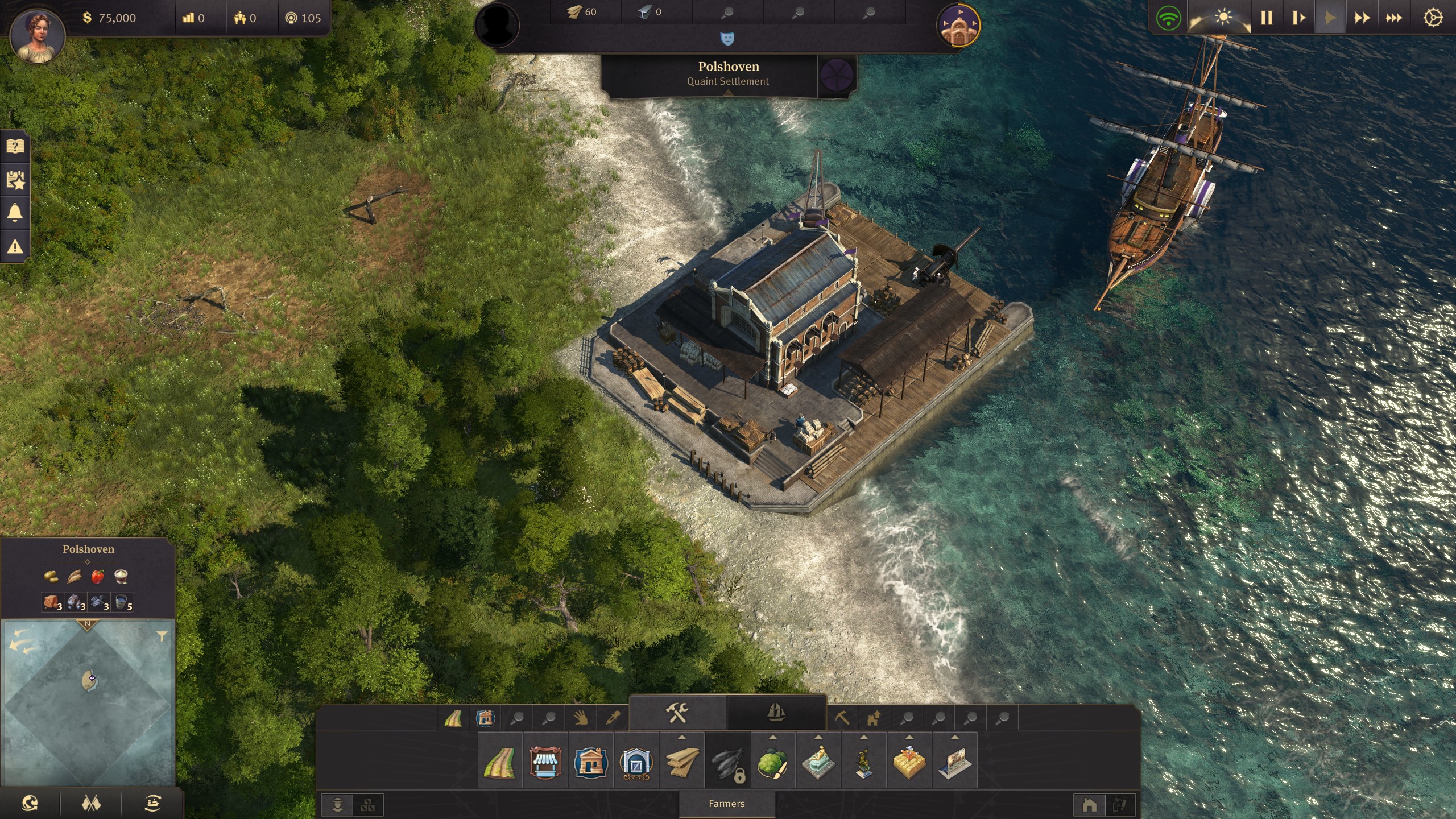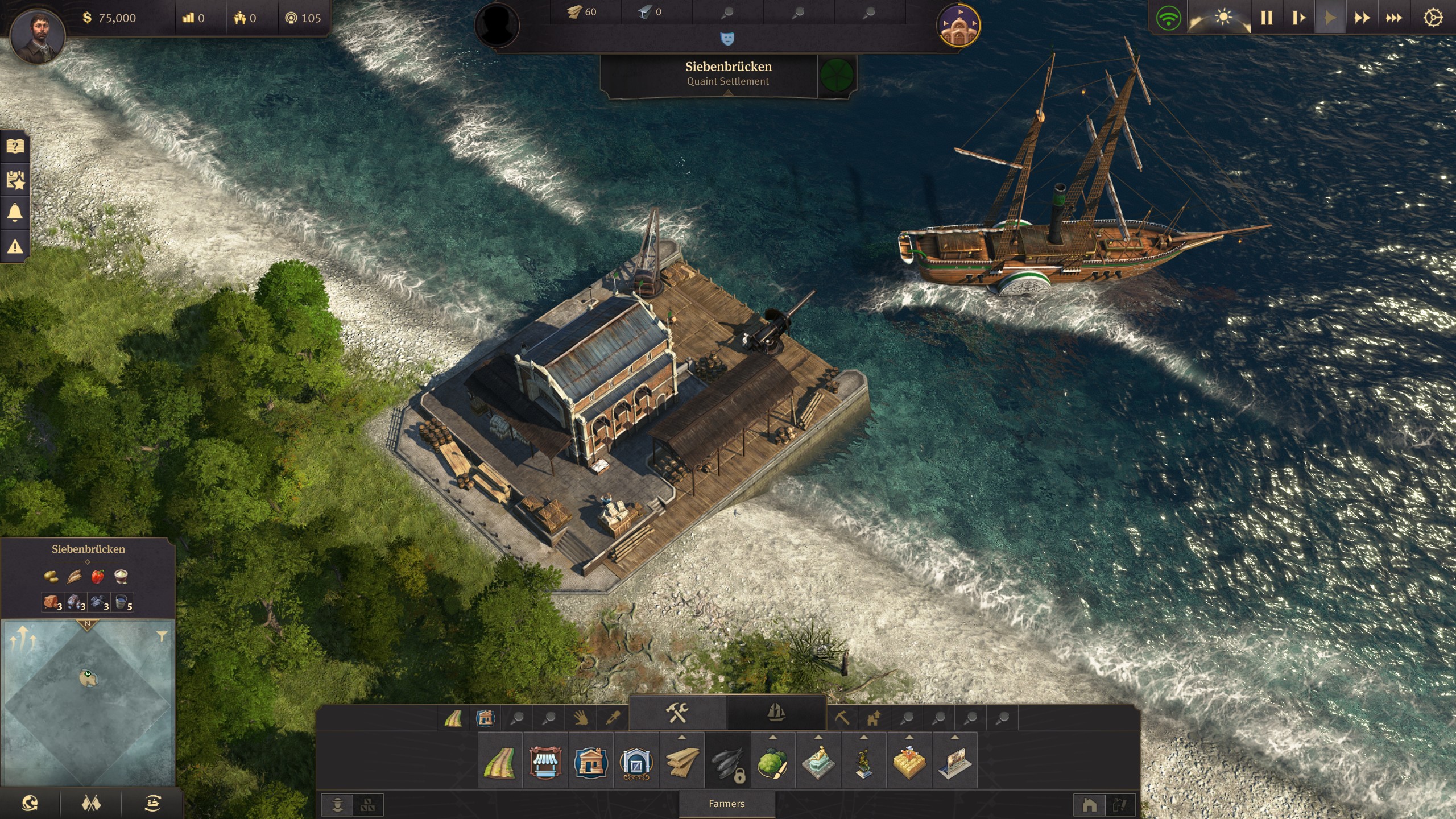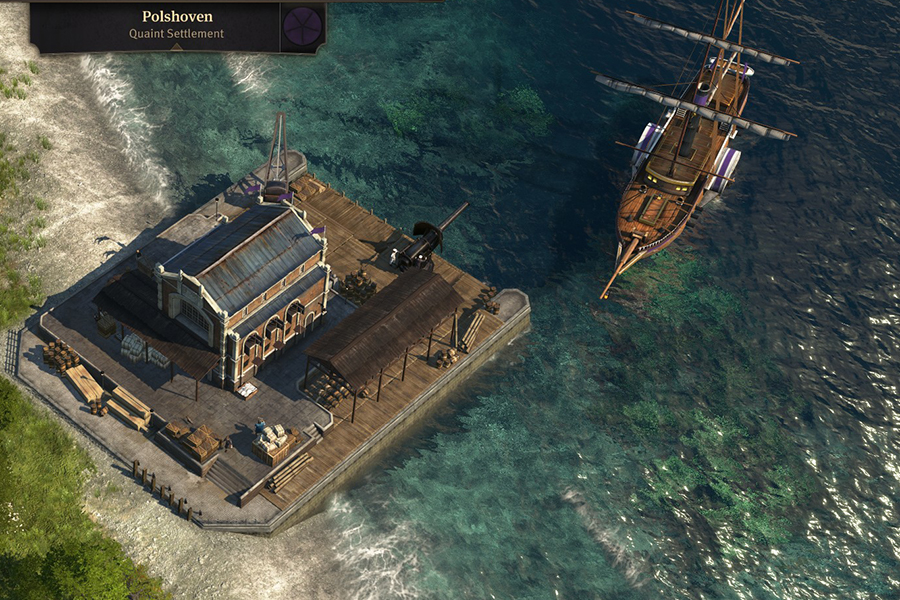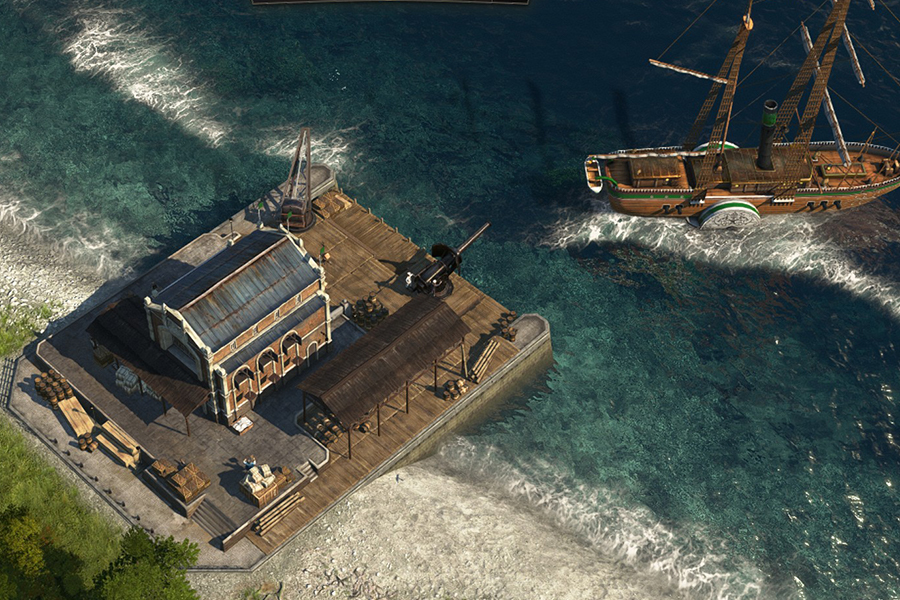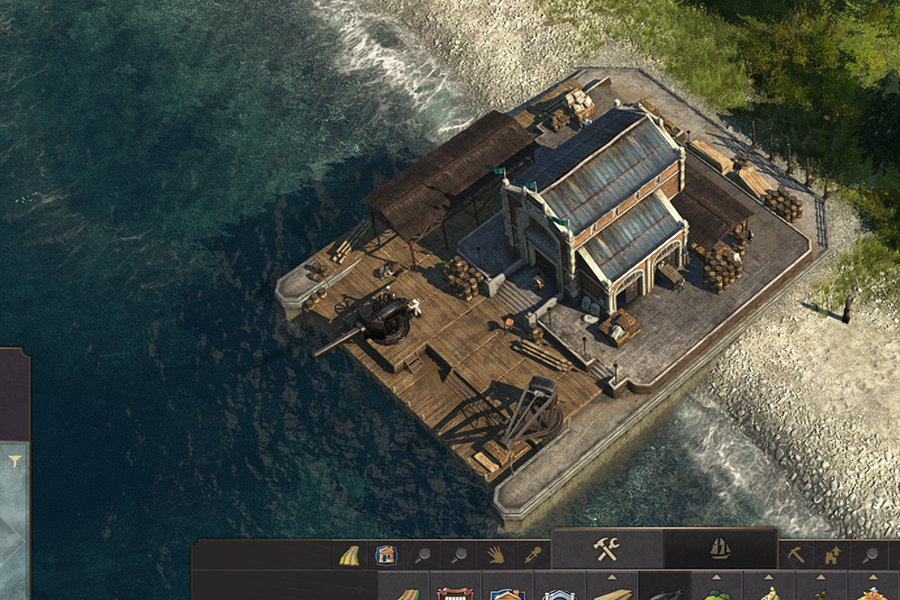AMD’s FidelityFX Super Resolution (FSR) is the hot, new upscaling technology on the scene. It’s a DLSS alternative that isn’t quite as clever or capable, but it has much broader hardware support. If claims made by AMD and developers about its ease of implementation hold true, it could soon enjoy wider game support, too.
It’s available now on seven games, including Anno 1800, Godfall, and Evil Genius 2, and anyone with an AMD RX 400, 500, Vega, RX 5000, or 6000, can use it. Nvidia gamers aren’t left out in the cold, either, with anyone using a 10-series, 16-series, RTX 2000, or 3000 GPU also able to take advantage of it.
The game list might be short, but the hardware list is broad, and for some of us, that’s more than enough to hail FSR as a game-changing technology. But how does it actually perform? We booted up some games to find out.
How FSR works

FidelityFX Super Resolution is a two-pass, “shadow-based” upscaling technique that supports DirectX 11, DirectX 12, and Vulkan. It renders a game at a lower resolution than native and then performs an “edge reconstruction” upscaling technique, which AMD claims analyzes the source images to find those edges, before rebuilding them at a higher fidelity.
This is then followed by a sharpening pass. Both take place after anti-aliasing and tone mapping, but before film grain, chromatic aberration, and other processing effects. Again, all that is very different from Nvidia’s more advanced machine learning upscaling.
The render resolution is determined by the FSR quality preset chosen, with developers having the option of applying additional sharpening to lower-resolution renders if they so choose.
For a 4K output, where native is 3840 x 2160, FSR Ultra Quality would render at 2954 x 1662. It would be 2560 x 1440 for Quality mode, 2259 x 1270 for Balanced mode, and 1920 x 1080 for performance mode.

Because FSR is a post-processing algorithm, it is designed to add a negligible amount of CPU overhead for each pass. The sharpening pass requires additional memory, but it is still far less demanding than native rendering. Because of those slight demands, however, FSR may see diminishing returns on lower-end hardware, with the greatest performance benefits found on higher-end GPUs — especially RX 5000 and 6000, for which it has been specifically optimized. AMD claims FSR also shows the least quality degradation at 4K, though is usable at 1080p or even lower resolutions.
AMD stressed in its release materials and briefings that this is very much the first generation of FSR and it may see improvements in the future. They could take the form of native resolution image buffers, or wholly new upscaling technologies entirely. That has lead to some speculation that in the future AMD may introduce its own form of machine learning-based upscaling, akin to Nvidia’s DLSS.
Performance
To see how FSR actually performs in the wild, we ran a number of benchmarks for the games we had available, taking short snippets of gameplay and tracking the average, minimum, and lowest frame rates while each FSR quality mode was enabled, then comparing them to native rendering.
We tested five games in total, three with an AMD card and two with an Nvidia one. We tested Godfall, Kingshunt, and The Riftbreaker using an AMD rig and Terminator: Resistance and Anno 1800 with an Nvidia rig. Here are the two test platforms:
AMD test rig
- AMD Ryzen 3700X
- RX 5700 XT under AIO water cooler running at 2,050MHz
- 16GB Corsair DDR4 3,200MHz
- Samsung 850 Evo 512GB
Nvidia test rig
- Intel Core i9-10900K
- Nvidia RTX 2080
- 32GB G.Skill DDR4 3,200MHz
- Crucial MX500 2TB
We used MSI Afterburner/Rivatuner for test results. All games were run at 1440p resolution, set to their maximum settings with no motion blur, no V-Sync, no dynamic resolution scaling, and no Contrast Adaptive Sharpening (where it was available).
Godfall
| Off | Ultra Quality | Quality | Balanced | Performance | |
| Average FPS | 79 | 103 | 117 | 130 | 143 |
| Minimum FPS | 65 | 87 | 99 | 111 | 121 |
| 1% low FPS | 63 | 82 | 92 | 101 | 108 |
| 0.1% low FPS | 23 | 48 | 28 | 77 | 30 |
Arguably the most flagship of the limited FSR launch library, it’s no surprise that AMD chose Godfall for its Computex demonstration of what FSR could do. It’s a gorgeous-looking game, and it performs well, even on far-from-cutting-edge hardware. Performance advances with FSR enabled were impressive, with a tangible difference when turning on Ultra Quality mode compared to native. The game feels smoother and more responsive. There is a minor blurring in foliage, and some small sharpening artifacts can be seen in reflections, but the most obvious change between Ultra Quality and native is the improvement in the fluidity of the gameplay, especially during combat, where background details aren’t so easily scrutinized.
Quality mode introduces more noticeable sharpening artifacts, with some improvement to the feel of the game and the smoothness of combat animations. Balanced brings with it a severe blur, which is hard to ignore, across most of the game’s textures and models. Performance mode makes the game feel its most fluid, but the visual quality sacrifice is severe, with very noticeable blur on everything, a substantial loss of texture detail, and jarring sharpening artifacts.
For peak visual clarity, native (perhaps with CAS enabled) is still the absolute best, but Ultra Quality gets very, very close and the performance improvement that comes with it feels like a worthy trade for the minor artifacts. Other modes are less easy to recommend, though there are probably some who would be happy with Quality, especially if limited GPU power means it would allow turning on specific visual features that would otherwise be too taxing.
Kingshunt
| Off | Ultra Quality | Quality | Balanced | Performance | |
| Average FPS | 77 | 105 | 116 | 125 | 127 |
| Minimum FPS | 75 | 101 | 106 | 114 | 121 |
| 1% low FPS | 69 | 85 | 29 | 29 | 77 |
| 0.1% low FPS | 29 | 31 | 28 | 28 | 27 |
Kingshunt features more aggressive sharpening than Godfall, and if you like a crisper picture, you’d probably find Ultra Quality a better-looking experience than native, which has a slightly fuzzier aesthetic without FSR. The performance boost at Ultra Quality is significant, too, and when you factor in the competitive nature of the game, enabling FSR could help reduce input lag and improve your competitive advantage, albeit by a small margin.
Quality mode also looks solid, especially when in motion, though the sharpening artifacts do become more apparent, and it’s noticeably not as good-looking as native or Ultra Quality. The performance benefit is negligible, making it a harder sell.
As with Godfall, both Balanced and Performance modes look significantly worse, with some very clear sharpness artifacts and muddy blurring that tanks the look and feel of the game, even if it becomes noticeably smoother to play on higher refresh rate displays. For the ultracompetitive, it may be worth using these modes for additional performance, but simply rendering at a lower native resolution may be preferable to the extreme artifacts introduced.
The Riftbreaker
| Off | Ultra Quality | Quality | Balanced | Performance | |
| Average FPS | 120 | 148 | 166 | 181 | 195 |
| Minimum FPS | 110 | 138 | 156 | 170 | 184 |
| 1% low FPS | 108 | 135 | 142 | 201 | 173 |
| 0.1% low FPS | 25 | 26 | 28 | 28 | 28 |
The least intense of the games we tested as part of this review, The Riftbreaker shows the least overall benefit from FSR, although its perspective also makes the introduction of visual artifacts less obvious when in motion. However, where the sharpening and upscaling offset the reduced input resolution with the higher-quality modes in the other games, that wasn’t the case with The Riftbreaker. Here, even Ultra Quality exhibited a noticeable, if slight, blurring. Considering the already high frame rate of native, it’s a harder sell with this hardware configuration.
Although Quality does display some of the aggressive sharpening artifacts that are a part of the FSR experience, they’re not very noticeable during gameplay, and in fact, it’s hard to tell the difference between it and Ultra Quality. That makes Quality mode arguably the more attractive, if performance enhancement is what you’re after.
Balanced and Performance suffer from the same problems as other games, with extreme blurring that diminishes the visuals enough that they’re not recommendable. The only real use for them would be if you’re playing on hardware that just can’t handle the game, and you need that edge to get it running. If that’s the case, then there is a lot of extra FPS headroom to be found, but it comes at a cost.
Terminator Resistance
| Off | Ultra Quality | Quality | Balanced | Performance | |
| Average FPS | 117 | 165 | 199 | 226 | 255 |
| Minimum FPS | 87 | 112 | 146 | 167 | 174 |
| 1% low FPS | 80 | 106 | 116 | 124 | 129 |
| 0.1% low FPS | 60 | 71 | 79 | 83 | 85 |
Terminator: Resistance is an oddball in FSR’s launch lineup. It’s not too demanding of a game, and even at native resolution, we were hitting above 100 fps on our Nvidia test rig. Still, FSR was able to greatly increase performance. Ultra Quality saw the biggest improvement in performance, and it looked the best. Although the odd visual artifact popped out, this mode looked nearly identical to native resolution.
As for the other three modes, they struggled a bit. Quality introduced some more noticeable artifacts, but not a major detraction from the experience. It’s playable, though a clear step down from Ultra Quality. Balanced introduced far greater artifacts, particularly in any objects with fine detail– textured materials, hair, branches, etc. There are a lot of objects with fine detail in any given frame, making the game look slightly blurry across the board.
Performance only furthered the issues we saw with Balanced. With this mode, everything that’s not immediately in front of the camera washed out in a blurry mess. We gained well over 100 fps with the Performance mode, but visually, the results just aren’t worth it. Like DLSS, simply turning FSR on does the majority of the work, but at the extreme end, there’s too big of a trade-off in image quality to really justify using it.
Anno 1800
| Off | Ultra Quality | Quality | Balanced | Performance | |
| Average FPS | 58 | 75 | 86 | 91 | 103 |
| Minimum FPS | 45 | 55 | 62 | 65 | 74 |
| 1% low FPS | 47 | 61 | 63 | 65 | 75 |
| 0.1% low FPS | 26 | 31 | 34 | 35 | 45 |
Anno 1800 made one of the biggest arguments for FSR, which surprised us. It’s a taxing game, but it stresses the CPU much more than the GPU, and our results show that. However, FSR was still able to increase performance a lot. In Ultra Quality mode, we were able to break 70 fps while retaining much of the native quality. Quality mode was great, too, pushing over 80 fps while producing minimal artifacts.
The Balanced mode introduced a few issues, particularly with characters walking around town and foliage. Once again, Performance only made those issues worse. In this mode, anything moving produces a slight shimmer that exposes AMD’s rendering tech at work. Like the other games, Anno 1800 is unplayable in Performance mode unless you really need the extra frames.
The other three modes work surprisingly well, though. A lot of that is because of Anno 1800‘s perspective. Zoomed out far and away from any detail, FSR is able to get away with much more without sacrificing visual quality. The artifacts become obvious as you zoom the camera in, but that’s easy to forgive in a game where you rarely have to do so. Between the visual quality and performance, we’d recommend Quality mode for Anno 1800. It still shows a large performance improvement over Ultra Quality while maintaining most detail.
All the potential in the world
We began the testing for this article with hopes that our claims of FSR’s ability to be a technology that would benefit every gamer, would be proven true; And that’s largely played out. Almost all of the games we’ve put through their paces show there are real performance improvements to be found, even if you’re a stickler for visual fidelity.
In Godfall, Ultra Quality is barely discernible from native rendering, and it offers enough of a performance boost to really benefit the smoothness of the experience, especially during combat. Kingshunt arguably looks better with that additional sharpness, and the performance improvement has the potential to deliver a slightly competitive edge, too.
Anno 1800 surprised us most. Although the game doesn’t benefit as much due to its high CPU demand, it still showed a large improvement over native rendering, with minimal artifacts at higher quality settings.
Other modes are less viable for the hardware we used, but if you’re running an old card or a sluggish APU and just want to play Godfall at a frame rate that isn’t stuttering, FSR might just let you do it. Indeed, although we didn’t get a chance to perform exhaustive testing at lower resolutions, AMD’s internal benchmarks suggest major gains can be made on AMD APUs, as well as older Radeon and GeForce graphics cards.
The only problem is … that’s it. These five, and a couple of others, are the only games you can use FSR in right now. Godfall is beautiful, but came out over 10 months ago, and Anno 1800 and Terminator: Resistance are two years old. The Riftbreaker and Kingshunt aren’t even playable outside of their early betas until later this year.
So, FSR is actually, almost as good as we hoped. It’s just not really usbale yet. Fortunately, that’s going to change in short order. There are 12 titles “coming soon,” including major releases like Resident Evil Village, Far Cry 6, and the ever-popular DotA 2 (where Performance mode might lead to a significant improvement in input lag). Better yet, AMD has secured partnerships with some 40 studios — including EA Frostbite, Avalanche, Turtle Rock, Gearbox, Crystal Dynamics, and Larian Studios, among many others — so there are likely to be a lot of games coming down the pipeline with FSR support.
Throw in FSR’s likelihood of appearing on at least Xbox consoles this year, and it’s probably safe to say that it will become a seriously viable and impressively adopted technology over the next few months.
There just isn’t much to enjoy with it yet. What’s there is pretty solid, though. And as it improves, and as developers get better at fine-tuning the sharpening, it should only get better from here.
Editors' Recommendations
- In 2024, there’s no contest between DLSS and FSR
- Here’s how AMD counters Nvidia’s big RTX Super launch
- AMD FSR (FidelityFX Super Resolution): everything you need to know
- All the games that support AMD FidelityFX Super Resolution
- AMD FSR 2.0 takes notes from DLSS — and it’s coming soon



